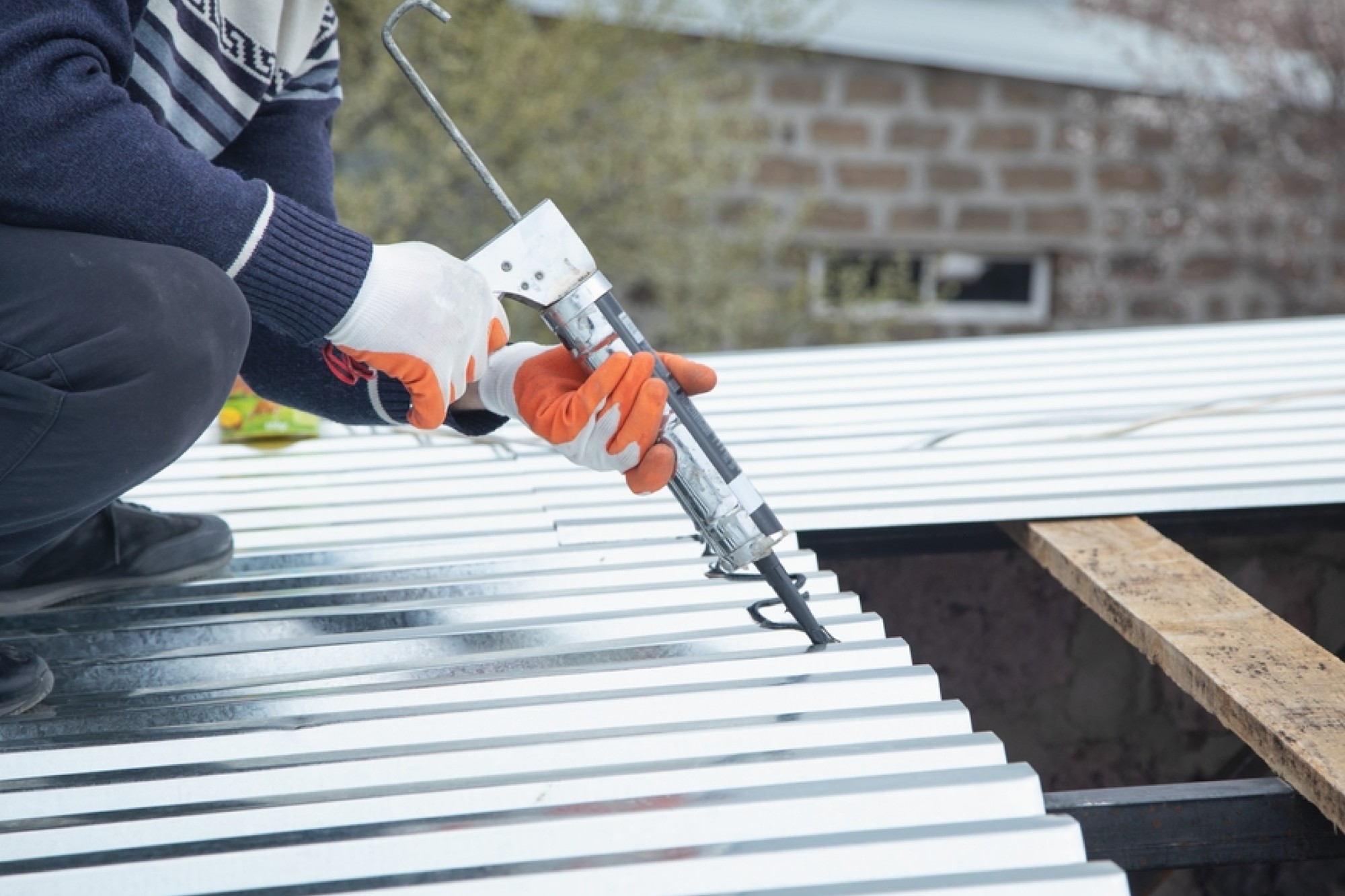FAQ: Pickling and passivation of stainless steel
By Edit Team | March 30, 2016 12:29 pm SHARE

How to select SS pickling and passivation products for use?
Primary considerations are the grades of stainless steel being used and the size of the parts. Most commonly used products for pickling and passivation of 304 and 316L grade SS fabrications are available. The important criteria of selection are cost per hg, cleaning efficiency, consumption, consistency and stability.
Can outdoors on-site passivation be performed during the winter months?
Pickling and passivation chemicals are used at room temperature. These contain ionisable acids and hence not recommended to be used in rainy seasons or in open areas.
Can I handle and use Britoss range of products using bare hand?
No. Britossickling products contain strong acids and oxidising chemicals. These products must be handled after wearing the required safety gears. Nitrous oxide and hydrofluoric acid gases are toxic, cause severe irritation to throat and respiratory track. Therefore adequate safety measures should be taken while performing the process.
Which tools or means of applications are recommended for use of Britoss and passivation products during cleaning?
Any plastic spray bottle available for spraying spray-type product can be used. Use face-shield during the spray. For application by brushing, use 1-inch or 3-inch brush with nylon bristles. Always dip the brush in water after application is complete. It will increase the utility performance life of brush.
Are the Britoss range products water soluble and water washable?
Yes, all Britoss range products are completely water washable.
Any dilutions recommended for Britoss products?
Britoss products are to be used as supplied without any dilutions.
Are Britoss products RoHS compliant?
Yes, all Britoss products must be essentially RoHS compliant and free from halides and sulphur.
To which standards are Britoss range products conforming?
Britoss range products must conform to requirements of ASTM A 380 and IS 10117.
What are the precautions to be taken?
Britoss range products are highly acidic. Avoid body contacts . Avoid spillage on floor . The products will attack tiles, stone, marble, granite, glass, wood, laminations and concrete and cement floorings. Wash the spill area with plenty of running water. Operators must use all the safety gears while working with these products.Call for medical attention in case of prolonged exposure to fumes or direct contact with these products.
How do I know that my parts are passivated?
The appearance of the parts is not changed by passivation. Accepted passivation test methods are given in ASTM A 967 and other specifications. The copper sulphate test is the most common quick and easy method for grades with high chromium content.
Do fabricated equipment parts need to be pre-cleaned?
It is utmost necessary to remove light oils or dirt on the parts. BritoBritossroducts are excellent cleaners and can handle light grease and oils. However, stainless steel alloys high in sulphur or carbon usually require a pre-treatment in an alkaline bath such as Cleenol SS degreaser. Wiping with 7-10 per cent solution of Cleenol SS will remove surface oil and grease.
Should I heat my Britoss dip bath for cleaning of small Britossarts by dipping?
The passivation requires less time at higher temperatures, so we recommend heating when available, but room temperature is usually sufficient as well.
Is it required to use only deionised or de-mineralised water with Britoss range products?
No, any type of water can be chosen for washing and rinsing. Certain industries have purity concerns and choose to only use DI or another type of purified water. For this reason Britoss range is produced using DI water. However using tap water has no negative effect on the passivation process. Using purified water for the final rinse bath can help avoid water spotting issues.
How long does Britoss dip in a bath last ?
This depends on the quantity and geometry of the parts being passivated and is difficult to predict. Use bath monitoring procedures recommended by Innovative to maintain the effectiveness of your bath. The best judge to decide on this parameter in the operator himself. His own experience and discretion will help in standardisation.
Can Britoss range of products be used on metals other than stainless steel?
Britoss range may be used to remove surface iron from nearly any metal including titanium, aluminium, hastalloy, inconel, cobalt chrome etc. It also works as a good brightener for copper, brass, and bronze when used as a flash cleaner.
Are Britoss range products not compatible with any other metals ?
Britoss range products will cause damage to the surfaces of concrete, mild steel; carbon steel, zinc, and galvanised steel. Avoid exposure of these materials to Britoss range and rinse immediately if there is an inadvertent spill onto these materials. Innovative recommends extra dilution and room temperature operation. PVC pipe and fittings made from copper, brass, or bronze are not recommended for long term use with Britoss range products.
Authored by _
Pradeep Vaidya,
CEO, Promtech Consultancy Group
Contact:
Pradeep Vaidya: +91- 9820181738
Sonia Vaidya: +91-9819813015
Email: puvpromtech@gmail.com,
soniavaidya30@gmail.com
www.promtechaerosol.com
Cookie Consent
We use cookies to personalize your experience. By continuing to visit this website you agree to our Terms & Conditions, Privacy Policy and Cookie Policy.






































-20240213125207.png)

























